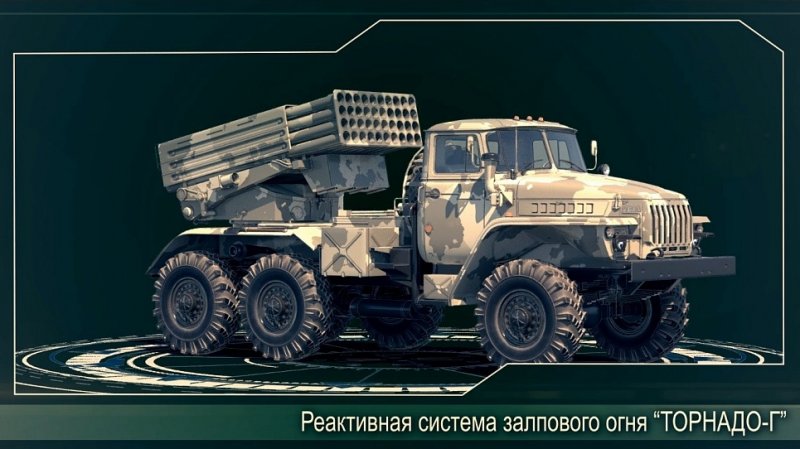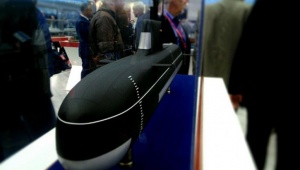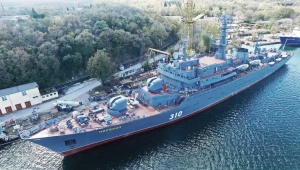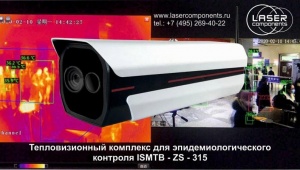Three kinds of 122-mm rockets were designed for Tornado-G. The high-performance unguided rocket with separated HE warhead is intended for destruction of uncovered and sheltered troops, unarmored vehicles, command posts, etc. The rocket allows for effective engagement of targets behind covering terrain (backslopes, cloves) and in the mountains. Firing range is 5-20 km. Temperature range of combat use is –50°С to +50°С.
"At the average, destruction effectiveness of this projectile is six times as much as the standard unguided HE rocket of Grad system", the press office of NPO Splav told Mil.Press Today.The unguided rocket with cluster HEDP warhead destroys a target at the distance up to 20 km piercing the 140-mm thick armor. Its performance is 10 times as high as the standard rocket of MLRS Grad.
The third unguided rocket designed for Tornado-G is armed with a lethal HE warhead. The projectile is twice as effective as the standard rocket of MLRS Grad.
The multiple launch rocket system Tornado-G was commissioned in the Russian Army in 2014 as a substitute for MLRS Grad. The combat vehicle is equipped with the automated guidance and fire control system (AGAFCS) and the prelaunch/launch equipment (PLE), which helps to automate preparation, guidance control of the launch pod and the launch process itself, stand-alone positioning and ground navigation of the vehicle with plotting of the required terrain environment on the electronic chart, remote mission data input to fuses and launching of newly developed and standard rockets by the crew from the cabin.
The launch pad of MLRS Tornado-G includes forty launch tubes. The system’s caliber is 122 mm, which enables using both Tornado-G rockets and Grad ones.
NPO Splav will also present export arms at the Army-2019 forum. These are modernized MLRS Grad and Smerch, including their rockets with different warheads and firing range up to 40 km and 90 km, respectively, upgrade programs for previously supplied vehicles, rockets for TOS-1A, and the new generation of the 80-mm unguided airborne rocket S-8OFP with the HE penetrative warhead and the small-size high-powered composite propellant engine.
Andrey Frolov, head editor at the Arms Exports magazine, says Tornado-G with new ordnance may catch interest of all operators of Russian rocket systems, i.e. over 50 countries. "Above all, the question is CIS members and potential Middle East customers", summed the expert.
For reference
The Ganichev NPO SPLAV, a division of Techmash Concern at Rostec State Corporation, is the Russia’s leader in designing and production management of multiple launch rocket systems for the Russian Army and the Navy, and unguided airborne weapons for the Airspace Force.
In April 2019, the company was officially renamed into the Ganichev NPO SPLAV. It was proposed to give the name of the scientist who founded the MLRS scholarly traditions and devoted 38 years to the company (including 25 as a head designer) in the year of Ganichev’s centenary (2018).
Ganichev was the head designer at NPO SPLAV since 1958 to 1983; he stood at the origins of the Soviet school of artillery case designing, and was a founder of MLRS scholarly traditions.
With direct involvement of Alexander Ganichev, NPO SPLAV had designed and delivered over 10 high-performance rocket systems, including Grad, Uragan and their ordnance. Ganichev’s concepts underlied MLRS Smerch, though the designer had not a chance to finish that project. Till the present, the scientific ideas and engineering solutions proposed by Alexander Ganichev allow Russia to remain the leader in MLRS industry.



























